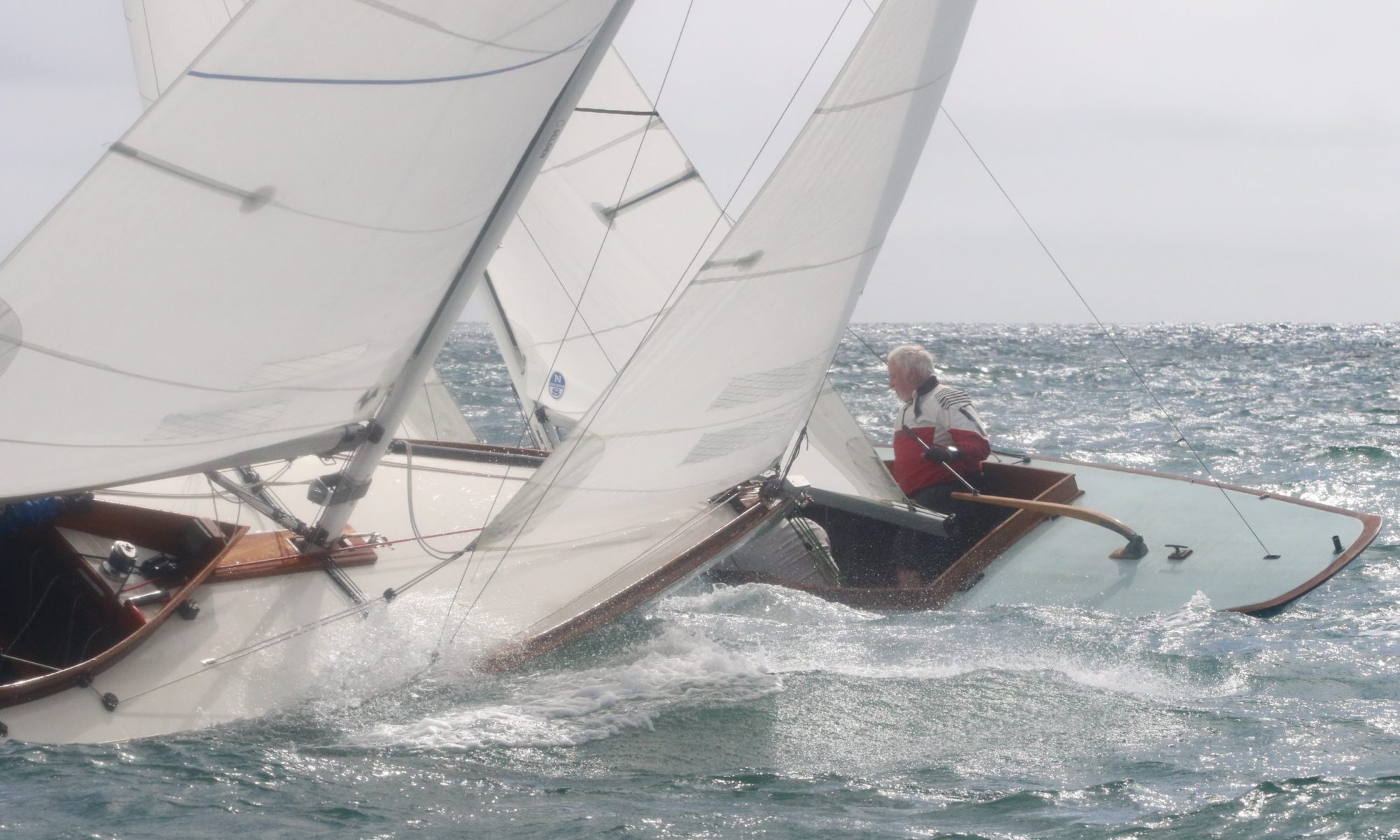Forum Replies Created
-
AuthorPosts
-
Andy Stevenson
ParticipantIn light of the subsequent posts I should clarify my comments on staying upright. I am referring to me not the boat! As some of you know, or have noticed (and contrary to any rumours about peg legs) I do have an issue with my right leg which manifests itself in having no balance whatsoever when standing on my right leg. So if I loose my footing on my left, gravity takes over and I am only going one way. Having sailed Mayfly with Ray at Cowes Classics a few years back I can vouch that sitting on the side deck is a much better way to helm a Sunbeam and has the added advantage that there is much less chance of me ending up in a heap in the cockpit mid tack.
Andy
9 September 2021 at 1109 in reply to: Should we be considering adopting the Selden Sunbeam mast? #751Andy Stevenson
ParticipantThanks to Gilly for the helpful precis of the issues at hand which need consideration. I will admit to mixed views about the carbon rig. On the one hand we have seen two glass boats with the rig sailing in Falmouth Week and the Championships (albeit Misty changed to inline spreaders for last weekend) and the results achieved clearly show that in the Falmouth configuration inline spreaders are faster downwind. The relative performance difference between aluminium and carbon is more difficult to determine as Tiffany was last in both series and Misty clearly improved with the swap to inline spreaders (plus Roger W sailed a blinder). I am inclined to the view that it merely proves that the crew clearly is the overriding factor.
The configuration points Gill raises are valid and it is these factors which essentially define what a Falmouth Sunbeam is, so any change has to be weighed carefully and balance maintaining the character of the Falmouth Sunbeam against the desire to unify and assimilate the two fleets, insofar as that is possible.
The main drivers that I have heard articulated for the adoption of a carbon rig is availability & cost plus a vague desire to have a one design mast. As I understand it the cost differential is significant with a carbon rig being about 2/3rds the cost of aluminium. One other thing to consider is the quality of the aluminium available this has deteriorated as the proportion on recycled aluminium in the extrusions has increased, so there is a durability issue to consider. We could also throw into the mix the fact that aluminium smelting and production has a very high energy consumption and aluminium ore is a scarce resource. Looking forward are aluminium masts sustainable? If not then we need to look at alternatives and carbon is an obvious choice as it an abundant material, also carbon masts are also more easily repaired than aluminium.
I said at the start I have mixed feelings about carbon. I think it is inevitable in the medium to long term but I would share Gilly’s view that we do not know how the rig will perform in a wooden boat in the standard Falmouth configuration. So of Gilly’s 6 points I think the following are the ones that we may not know enough about to make a fully informed view:
1. Mast configuration (jumpers, spreader angle (in-line vs. swept-back), spreader height, runners)
4. Sail area distribution (this has to be included as all carbon trials to date have been with large mainsail/small jib)
5. On-the-water mast rake adjustmentFor me these are where the discussion and debate should be focused.
Finally, having spent the summer trying everything possible to get Mayfly’s current John mast to work I have concluded I am fogging the proverbial dead horse, so I will be changing the rig this winter. I am exploring options but will not commit to anything until a decision is reached on the carbon issue.
Hope this is of some use.
Andy
-
AuthorPosts
